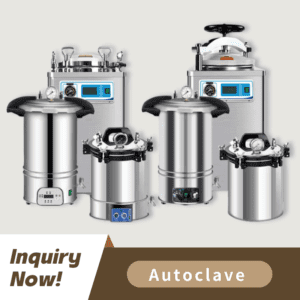
Pharmaceutical manufacturing relies on autoclaves to sterilize equipment alongside containers and materials. Here’s a detailed look at their applications:
Sterilizing Equipment: Pharmaceutical production equipment including fermenters, mixers, and filling machines requires sterilization to eliminate the risk of contamination. Autoclaving achieves sterilization by removing all microbial life from all surfaces.
Equipment undergoes cleaning and disassembly when needed before being placed in the autoclave to undergo sterilization.
Sterilized equipment protects drug production processes from contamination.
Sterilizing Containers and Closures: The sterilization of containers like vials and bottles along with closures such as caps and stoppers is essential before usage to maintain drug purity and prevent contamination. Autoclaving serves as a dependable approach to achieve complete sterility.
Containers and closures go into autoclave-safe trays or bags before being sterilized with high temperature and pressure.
Sterilization of containers and closures protects pharmaceutical products by maintaining their safety and stability.
Sterilizing Culture Media: In drug development, it is essential to sterilize culture media for microorganism growth to avoid contamination. Autoclaving represents the best available technique to ensure complete sterility of media.
Culture media are sterilized by placing them in autoclave-safe containers and exposing them to 121°C for 15–20 minutes.
Sterile media enable desired microorganisms to grow without contamination interference.
Decontaminating Biohazard Waste: All biohazard waste from pharmaceutical facilities including used culture plates and contaminated substances requires decontamination before disposal. Autoclaving procedures confirm that materials can be safely handled and discarded afterward.
The autoclave-safe bags containing waste undergo sterilization through exposure to high temperature and pressure.
Decontaminating waste materials minimizes potential exposure to dangerous pathogens.
Using autoclaves presents multiple benefits to pharmaceutical production.
Ensures Drug Safety: The use of autoclaves allows pharmaceutical manufacturers to sterilize equipment and materials effectively which minimizes contamination risks while maintaining drug safety.
규정 준수: Pharmaceutical manufacturers must adhere to rigorous sterilization standards. Autoclaves help meet these regulatory requirements.
Cost-Effective: Autoclaves provide a budget-friendly sterilization method while minimizing the use of disposable materials and chemical sterilants.
Eco-Friendly: The autoclaving process minimizes dependence on single-use plastics and chemical sterilants thus becoming an eco-friendly sterilization method.
Autoclaves produce significant advantages but also present several challenges when used in pharmaceutical applications.
Not Suitable for Heat-Sensitive Materials: Certain pharmaceutical materials including specific plastics and biologics should not undergo autoclaving because this process leads to degradation or reduced efficacy.
Time-Consuming: The autoclaving process involves loading and sterilization followed by cooling which tends to slow production workflows.
Maintenance Requirements: Regular maintenance of autoclaves ensures they function correctly while helping to avoid operational failures.
Follow these best practices to achieve maximum autoclave performance in pharmaceutical manufacturing settings.
Proper Loading: Organize the materials inside the autoclave to permit free steam flow. Filling the autoclave chamber beyond its capacity leads to inadequate sterilization of contents.
Use Sterilization Trays and Bags: Protect equipment and materials from contamination after sterilization by placing them in sterilization trays or bags.
Monitor Cycle Parameters: Ensure proper sterilization by consistently monitoring autoclave cycles’ temperature, pressure, and duration.
Maintain Equipment: Regular cleaning and inspection of the autoclave helps prevent malfunctions and maintains its consistent performance.
Pharmaceutical autoclaves play an essential role in maintaining the sterility of drug production equipment and packaging materials. Pharmaceutical manufacturers who maintain their equipment according to best practices can attain proper sterilization while meeting regulatory compliance requirements.
Can I autoclave plastic vials? It depends on the type of plastic. Polypropylene vials are often autoclave-safe, but always check the manufacturer’s instructions.
How often should I test my pharmaceutical autoclave? Test the autoclave weekly using biological indicators (spore tests) to verify sterilization effectiveness.
What’s the difference between batch and continuous autoclaves? Batch autoclaves process items in discrete loads, while continuous models allow for uninterrupted sterilization, ideal for high-volume production.

멸균은 의료 시설과 실험실 환경 모두에서 감염 관리 관행의 필수 요소로 작용합니다. 증기를 통한 오토클레이브 멸균은 많은 응용 분야에서 효과적이지만 다음과 같은 경우 최적이 아닌 것으로 입증되었습니다.
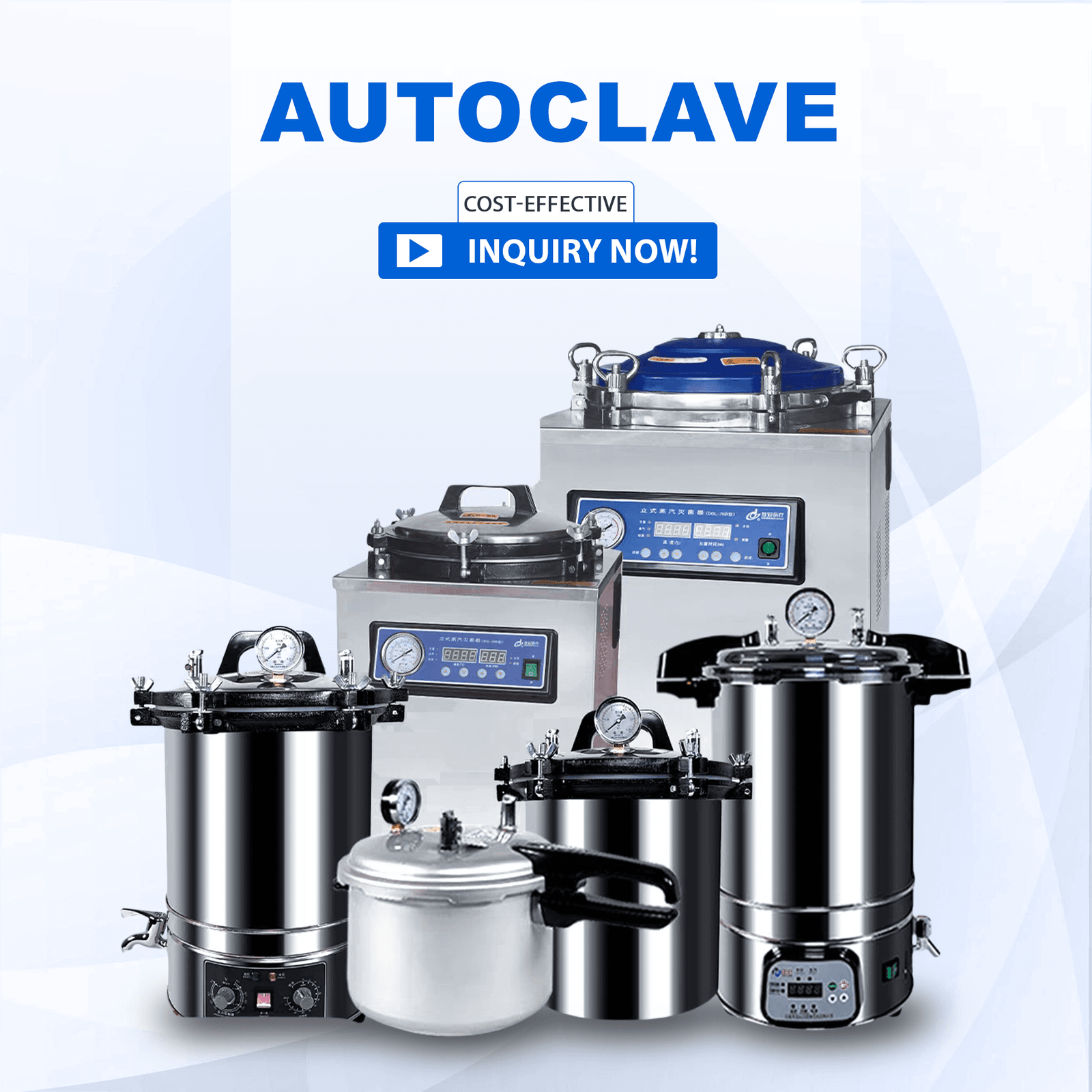
전 세계 의료 전문가들은 의료 기기의 안전과 멸균을 보장하기 위한 필수 도구로 오토클레이브를 신뢰합니다. 의료 기기 유통업체와 조달 전문가는 오토클레이브의 원리와 이점을 이해해야 합니다.

의료 기술의 발전으로 의료 기기를 항상 안전하게 멸균 상태로 유지하는 것이 필수적입니다. 의료 기기 유통업체, 딜러, 조달 전문가는 효과적인 운영을 위해 멸균 방법을 이해해야 합니다. 의료 기기의
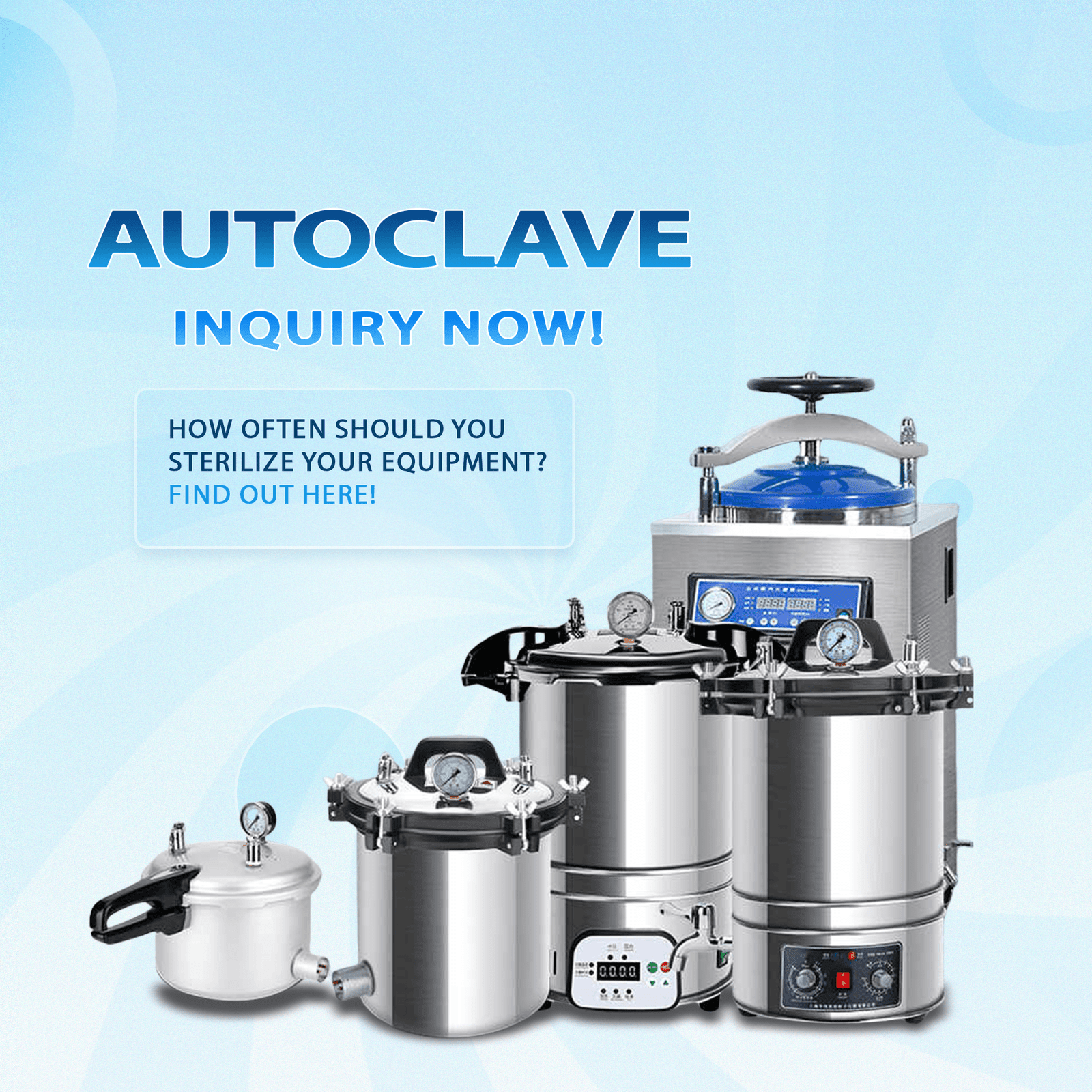
의료 기기 및 기구 멸균에는 환자의 안전을 보호하고 규제 표준 준수를 용이하게 하기 때문에 오토클레이브가 필요합니다. 가장 정교한 오토클레이브 시스템도 여전히 몇 가지 한계가 있습니다. 의료 기기 유통업체,
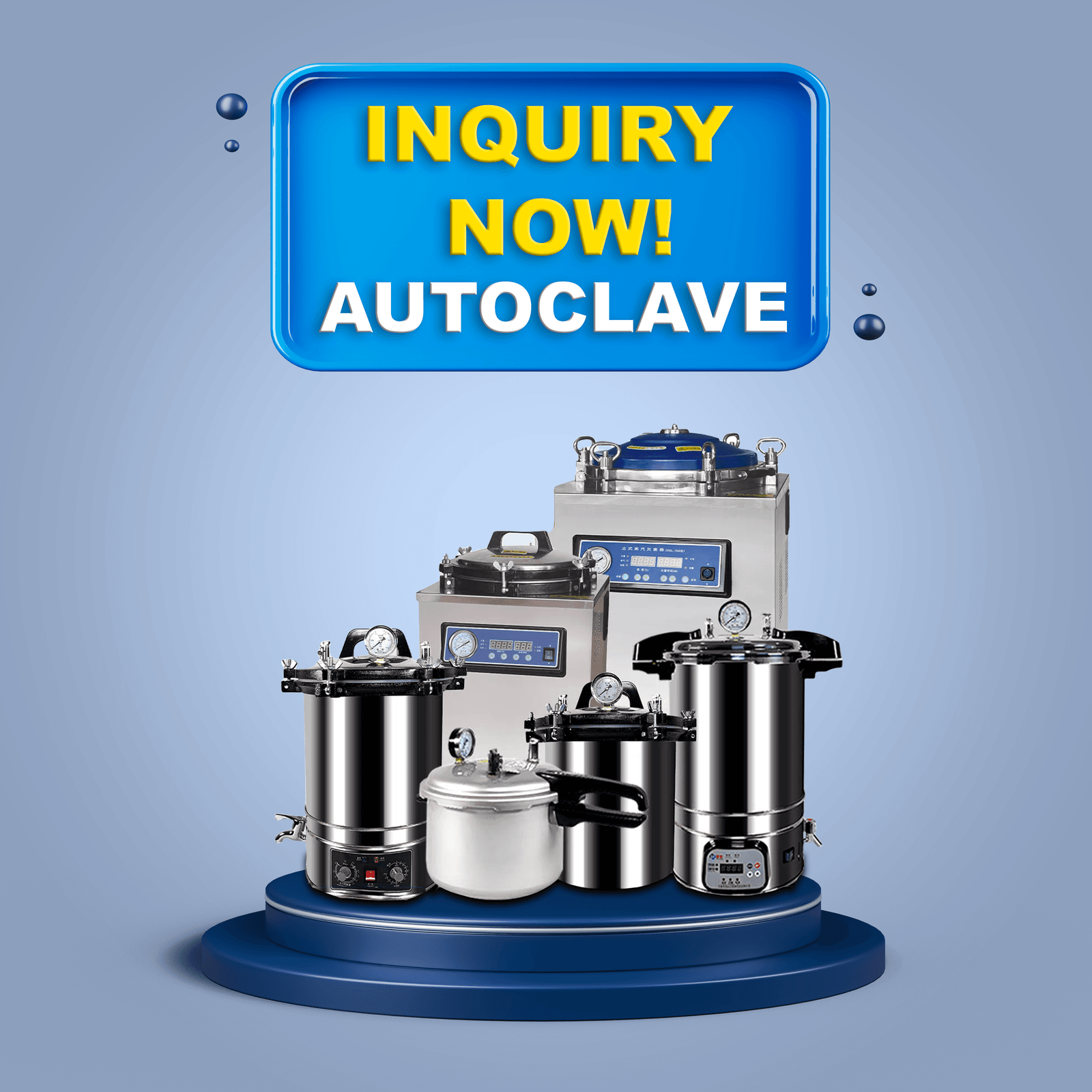
의료 기기 제조에서 오토클레이브는 다양한 기기와 재료에 대해 일관된 멸균을 제공하기 때문에 필수적인 장비로 작용합니다. 오토클레이브는 고압 포화 증기를 사용하여 박테리아, 바이러스, 곰팡이, 세균을 박멸합니다.
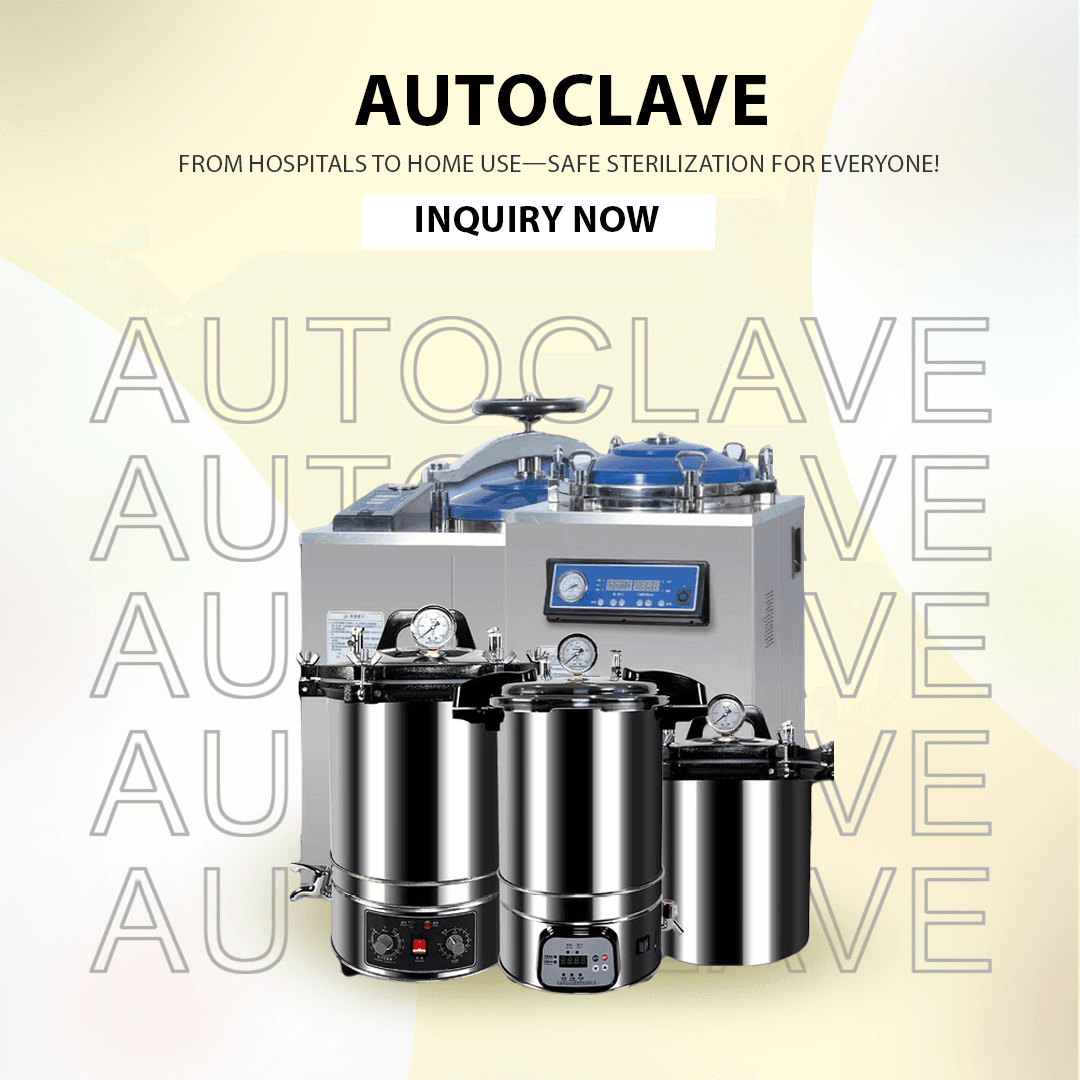
오토클레이브는 의료 및 과학 환경에서 기기와 재료를 지속적으로 멸균하여 중요한 역할을 하는 장비입니다. 의료 장비 유통업체와 딜러 및 조달 전문가는 오토클레이브의 기능을 유지해야 합니다.